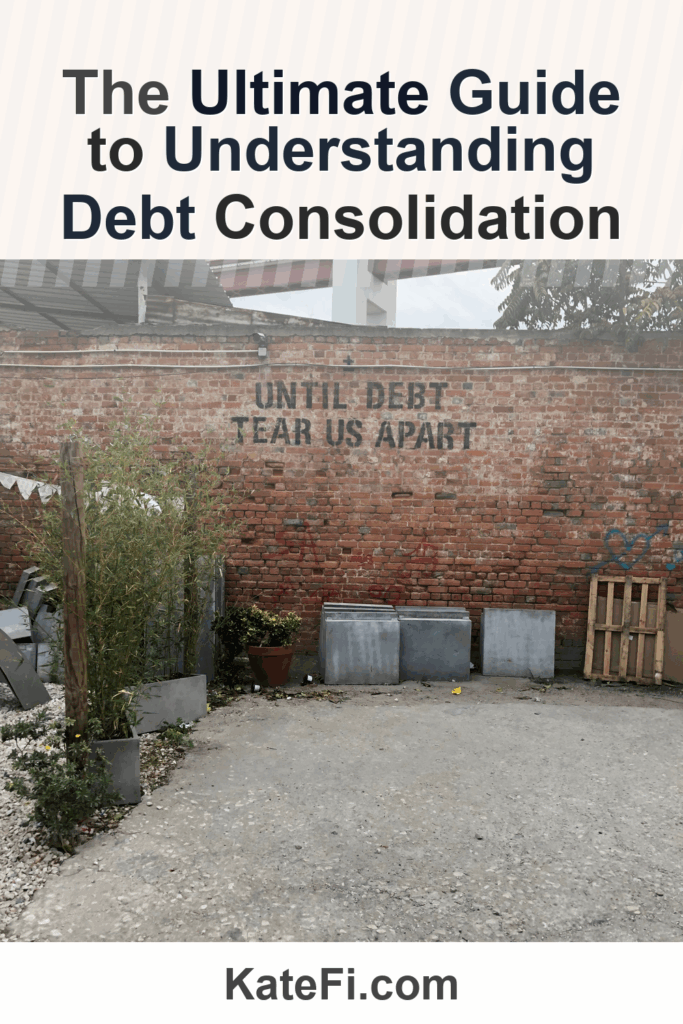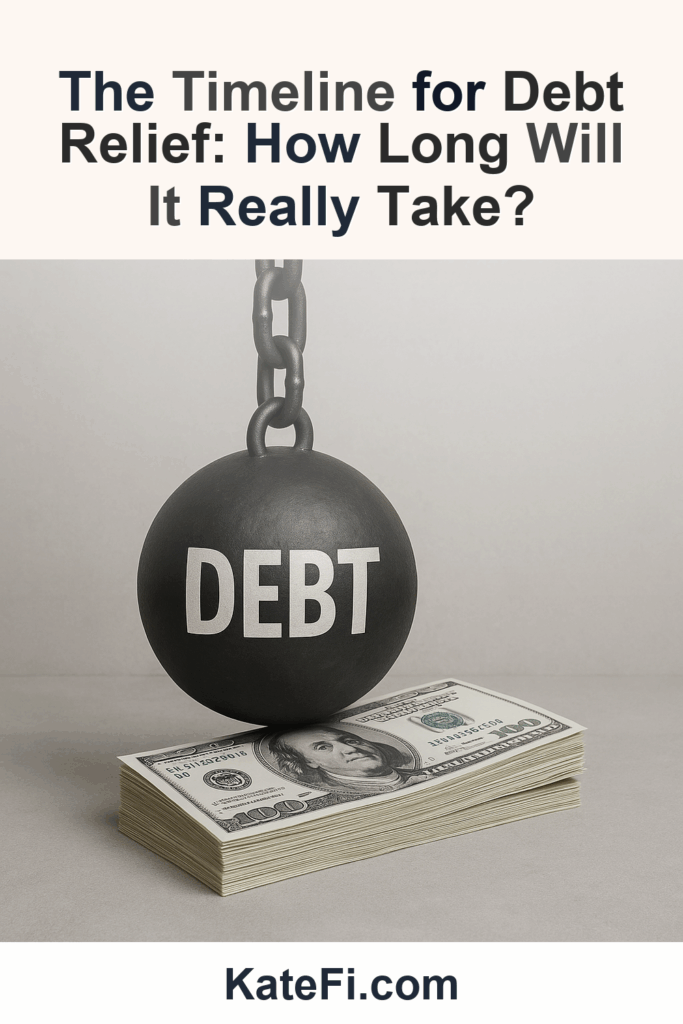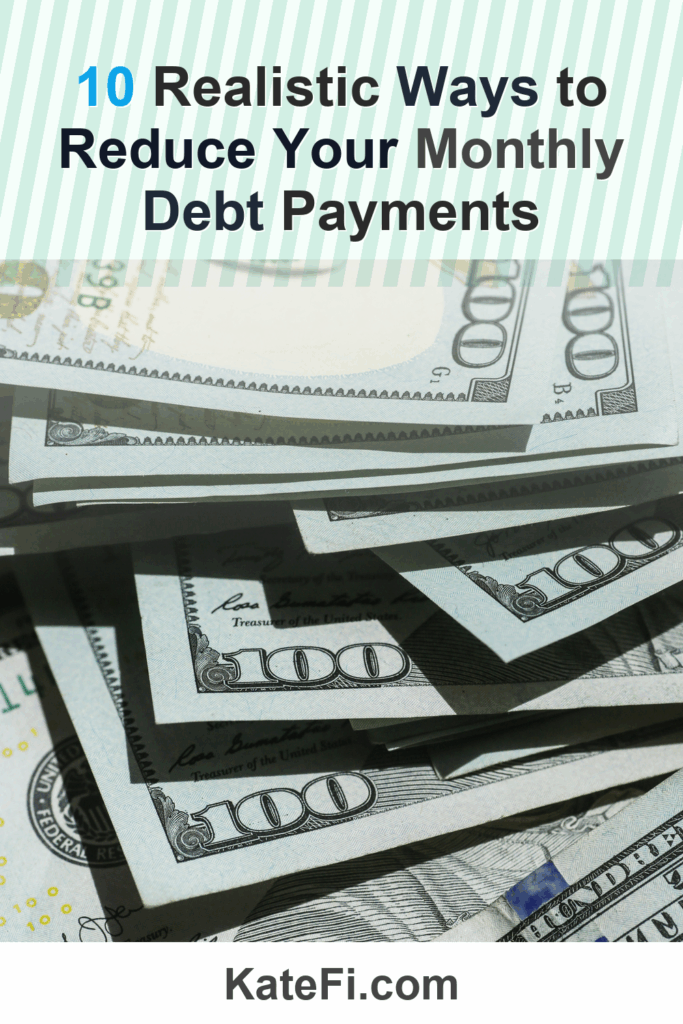Lower Your Unsecured Debt
If you have $5,000+ in credit card or personal loan debt, a free consult can review options like settlement or hardship plans.
Love our content? Show your support by following us — pretty please!🥺
FOLLOW ON PINTEREST
Hi! I’m Kate, the face behind KateFi.com—a blog all about making life easier and more affordable.
- One-on-one call to review your debts and goals
- See potential monthly payment reductions
- No obligation to enroll
Not available in IL, KS, OR, TN, UT, WV.
How to Set Realistic Debt Payoff Goals for the Coming Year
If you’re feeling overwhelmed by debt, you’re not alone. Many people are struggling to manage their finances, especially as costs rise and unexpected expenses come into play. The good news is that you can take charge of your financial future by setting realistic debt payoff goals for the coming year. In this comprehensive guide, we’ll help you develop a step-by-step roadmap, explore your options—including settlement, debt management plans (DMPs), and consolidation—and discuss when it might be time to consider bankruptcy.
Understanding Your Current Financial Situation
Before you can set realistic goals, it’s crucial to understand your current financial situation. Take a moment to assess:
- Total Debt Amount: Add up all your outstanding debts, including credit cards, loans, and any other obligations.
- Income and Expenses: Create a budget that outlines your monthly income and necessary expenses. This will help you understand how much you can allocate towards paying off your debts.
- Interest Rates: Note the interest rates for each of your debts, as this will impact how quickly you can pay them off.
Gathering Essential Documents
To speed up the process of evaluating your options, gather the following documents:
- Recent pay stubs
- Bank statements
- Loan agreements
- Credit card statements
- A list of outstanding debts and their respective interest rates
Step 1: Define Your Debt Payoff Goals
Setting clear, achievable goals is vital for staying motivated. Here’s how to establish them:
- Specific: Instead of saying, “I want to pay off my debt,” specify the amount, e.g., “I will pay off $5,000 in credit card debt.”
- Measurable: Track your progress over time. Aim to pay a specific amount each month.
- Achievable: Ensure your goals are realistic based on your budget. If you can only spare $200 a month, setting a goal to pay off $5,000 in six months may not be feasible.
- Relevant: Align your goals with your financial situation and future plans. If you plan to buy a house soon, focus on eliminating high-interest debt first.
- Time-Bound: Set a clear timeline. “I will pay off my credit card debt by the end of the year.”
Step 2: Choose Your Debt Relief Strategy
Next, determine the best approach for managing your debts. Here’s a quick comparison of your options:
| Strategy | Pros | Cons |
|---|---|---|
| Debt Settlement | Lower total debt amount; faster resolution | Can negatively impact credit; may incur fees |
| Debt Management Plan | Structured repayment plan; often lower interest rates | Takes time to complete; potential fees |
| Debt Consolidation | Simplifies payments; potential lower rates | Risk of accruing more debt; potential fees |
#### Debt Settlement
Debt settlement involves negotiating with creditors to reduce your overall debt amount. While this can significantly lower what you owe, it often requires you to miss payments, which can negatively impact your credit score. This option may be suitable if you’re facing severe financial distress and cannot manage your payments.
#### Debt Management Plans (DMP)
If you prefer a structured approach, consider enrolling in a Debt Management Plan. This typically involves working with a credit counseling agency to consolidate your debts into one monthly payment, often at a lower interest rate. A DMP can help you regain control over your finances but may involve fees and a long commitment.
#### Debt Consolidation
Debt consolidation combines multiple debts into one loan, often at a lower interest rate. This can simplify your payments and potentially save you money in interest. However, it requires discipline; if you continue to accrue debt on your credit cards, you could find yourself in a worse situation.
Step 3: Analyze When Bankruptcy Might Make Sense
In some cases, bankruptcy may be the best option to consider. It’s not a decision to be taken lightly, but it can provide a fresh start for individuals drowning in debt. Here are some factors to consider:
- Severity of Debt: If your debts far exceed your income, bankruptcy may help you eliminate or reorganize your obligations.
- Asset Protection: Certain bankruptcy options allow you to protect essential assets while discharging unsecured debts.
- Future Financial Goals: If you plan to make significant purchases (like a house or car), clearing your debts through bankruptcy can help you secure better financing terms.
While bankruptcy can provide relief, it’s crucial to consult a financial advisor to explore all your options first.
✅ See If You Qualify for Debt Relief
Step 4: Develop an Action Plan
Now that you understand your situation and have chosen a debt relief strategy, it’s time to create a detailed action plan:
- Budget: Revise your budget to allocate additional funds toward your debt payoff.
- Automate Payments: Set up automatic payments to ensure you’re consistently working toward your goals.
- Monitor Progress: Regularly check your debt balances and adjust your plan as needed.
- Consider Professional Help: If you’re struggling to manage everything alone, consider getting a free consultation from a debt relief professional. They can provide personalized advice tailored to your situation.
Credit Impact and Documentation
Be aware that pursuing debt relief can impact your credit score, especially with options like debt settlement and bankruptcy. Monitor your credit report regularly, and gather any relevant documentation to help support your case when speaking with creditors or financial advisors.
#### Quick Checklist for Credit Impact:
- Understand your current credit score.
- Be aware of potential future credit implications based on your chosen path.
- Regularly check your credit report for errors or issues.
Conclusion: Take Control of Your Financial Future
Setting realistic debt payoff goals for the coming year is a powerful step toward financial freedom. By following this roadmap, assessing your options, and consulting with professionals, you can devise a plan that aligns with your life goals. Remember, while you can make significant progress on your own, reaching out for help can provide clarity and direction.
Take the first step today by exploring your options for debt relief. Your future self will thank you.
✅ See If You Qualify for Debt Relief
Important: This content is for education only—not legal, tax, or financial advice. Results and eligible programs vary by situation and state. Fees apply if you enroll and complete a program. Debt relief can affect credit; missed payments may lead to collections/lawsuits. Not available in IL, KS, OR, TN, UT, WV.
What You’ll Learn on the Call
- Estimated timeline and monthly payment range
- How credit may be affected in the short term
- What documents to gather to move faster
Not available in IL, KS, OR, TN, UT, WV.
Understand pros/cons of settlement vs consolidation vs DMP for your exact mix of debts.
Not available in IL, KS, OR, TN, UT, WV.






















